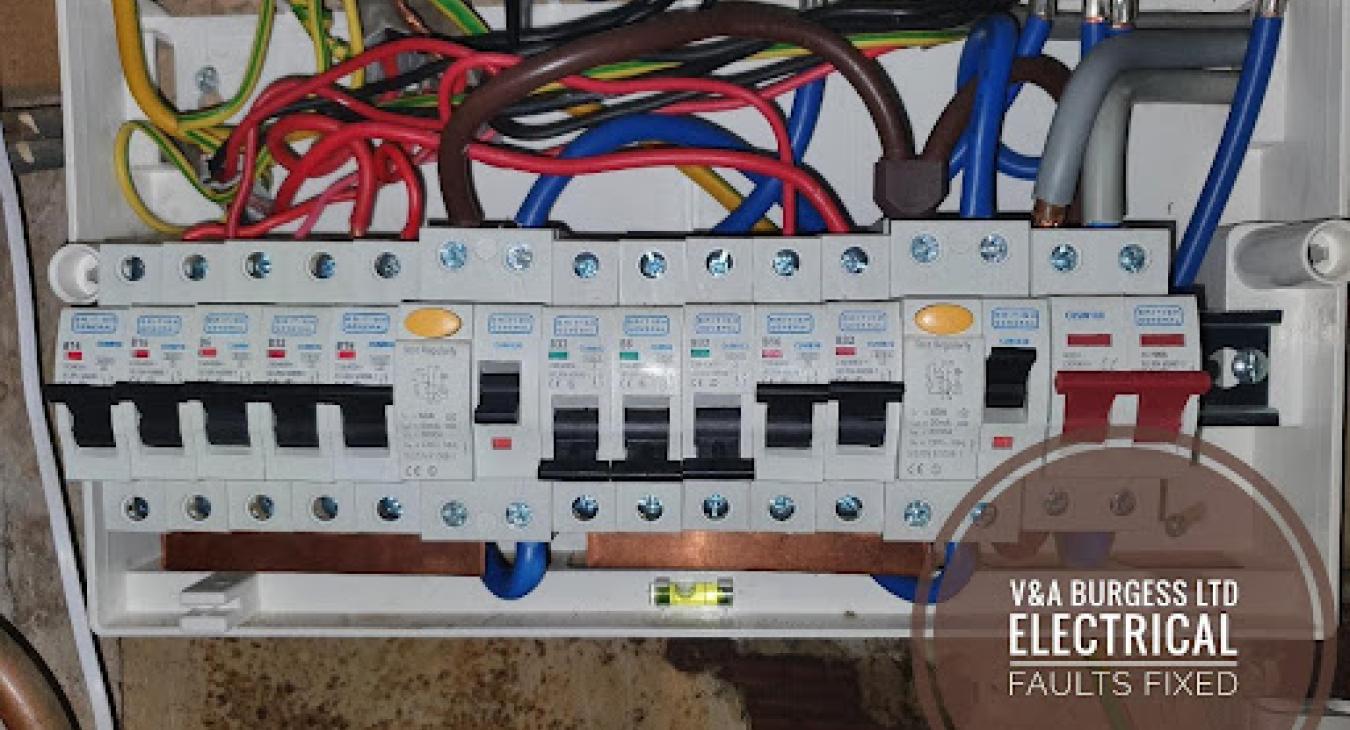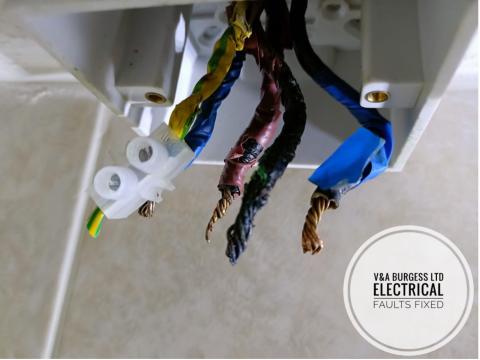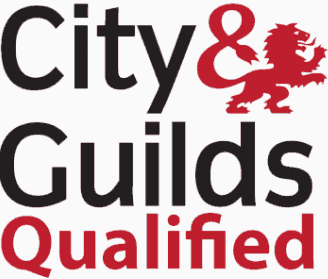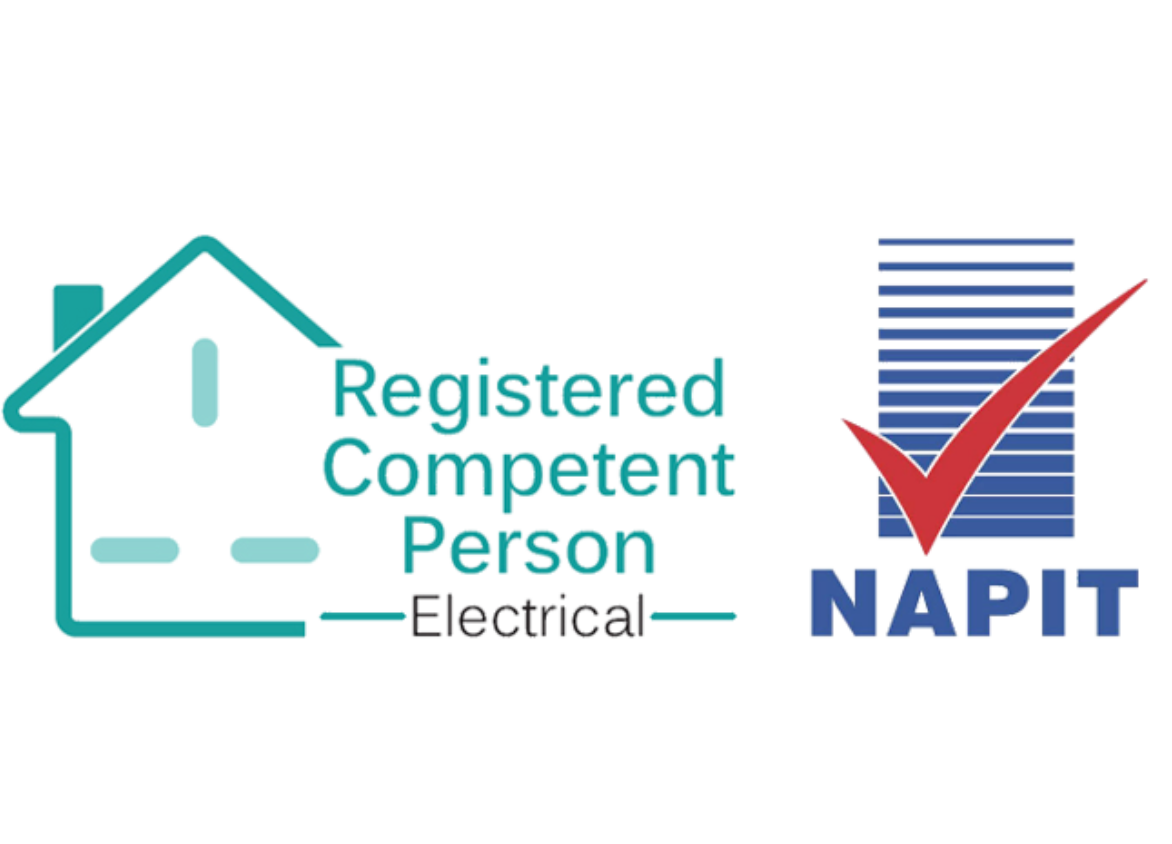
1) What is a consumer unit and why do we need one?
A consumer unit is a plastic or metal box in your home that receives the incoming electrical supply and divides it up into safe usable circuits. These circuits take the supply around your home to your sockets, your lights, your boiler and other equipment and appliances that require electricity in order to work. Without this box of switches and wires, there would be no way of powering anything in the home safely without the need for HUGE cables, LOTS of expense and inconvenience. So, its best that we all have one. (*We didn’t install the consumer unit in the photograph by the way 😊)
Back to top2) What are the parts inside?
There are a variety of parts inside as we can see from the labelled photograph. Each of these parts does something different and has a specific task. It requires all of these parts to connect together correctly, safely and to be installed in accordance with the regulations in order for the electrical installation to be safe.
Back to top3) Incoming Tails
These cables are the supply cables from your electric meter in your home. These are the main power cables IN to the consumer unit. They are usually either GREY or Brown / Blue and are very thick and heavy. They have to be this size to withstand the power demand of your whole property without overheating. They enter through the side, rear, top or bottom of the consumer unit depending upon the choices your electrician made when installing the unit for you and they terminate into the MAIN SWITCH
Back to top4) Main Switch
The main switch performs a couple different functions. It acts as the point of Isolation for that particular consumer unit, which in many cases, will shut off the electricity supply to the circuits in your home. You may have other sources of supply to some circuits so consult an electrician if you are planning on doing anything electrical.
The Main Switch also can act as an emergency shut off when there are electrical problems. It is best to turn off all the other switches first if you can! This will prevent excessive wear and tear on the main switch.
The switch is usually a slightly different colour to the others, RED, BLACK, BLUE is common. This switch is not normally designed to TRIP unless it is a main switch that is also an RCD…
5) The RCD switches
The RCD is a special device that protects you and your family from electric shock and it is vital that these are installed in modern electrical systems. They are the best safety measure since earthing! 😊 In the consumer unit in the photograph, we can see that there are two of these devices which is a fairly common set up for most consumer units now. There is a whole host of information on our site about the RCD https://www.electricalfaultsfixed.co.uk/blog/upgrading-rcds-electrician-warrington
The best set up involves many more RCD devices called RCBOs. These devices are a combined RCD and Circuit Breaker….
Back to top6) Circuit Breaker
There are several of these devices in the photograph above. Their job is to protect the cables in our home from overheating or catching fire. They do this by tripping when they detect there is a problem on the electrical circuit that they are protecting.
They operate in two ways:
- Gradual overload – When too many electrical items are used at once these devices will detect that there is too much electrical current flowing and disconnect the circuit. When they operate in this manner, they do so fairly gently with a simple click when they turn off.
- Short Circuit – Such as a faulty appliance or cable damage causing a very large electrical current to flow in the circuit. When the circuit breaker acts to break the circuit where a large fault current is present, they normally go with a BANG!
The Circuit Breakers and RCDs along with the main switch are normally connected to the Copper Busbar…
Back to top7) Copper Busbar
This piece of copper distributes the supply from the Main Switch via the RCDs to the circuit breakers. There are two of these copper busbars in this consumer unit. One for each RCD. These pieces of copper are quite simple and as long as they have been installed correctly, usually give no trouble. They should not be bent to fit different circuit breakers or extended in any way. The copper busbar should be solid along its length and not damaged in any way.
Back to top8) Earth Bar / Main Earthing Terminal (M.E.T)
This metal bar is responsible for holding all the circuit protective conductors for your electrical installation. All the cables should terminate into here and in some cases the Earth Bonding will too. What is Earth Bonding? https://www.electricalfaultsfixed.co.uk/blog/earth-bonding Occasionally the Earth Bonding will connect into a separate metal block external to the consumer unit.
Back to top9) Neutral Bars
These hold the neutral wires for the electrical installation. Each of these bars holds the wiring for each RCDs circuits. It is common to find issues with these bars due to loose connections, overheating or excessive power consumption on the circuits connected.
Back to top10) Wires to Circuits
Quite self-explanatory. These wires lead off to the sockets, switches, lights, and other electrical equipment in your home. They should be correctly installed throughout your homes in safe wiring zones to prevent accidental damage. In older properties it is common to find wires behind door frames, running diagonally across walls and in all sorts of other places that they shouldn’t be.
Back to top11) Who can install a consumer unit?
The only people with the correct knowledge, experience, qualifications, and test equipment to install a consumer unit correctly and safely is an Electrician. A NAPIT electrician can not only carry all this work out for you but will ensure that you have the correct electrical certificates for the work. The electrical installation certificate is give once the work is completed and this details all the testing and inspection carried out on the circuits and on the consumer unit. The building control notification is also done by your electrician and they will be able to give you a certificate for this. For more information about consumer units and what is required to change them, check our page here: https://www.electricalfaultsfixed.co.uk/upgrade-fuse-board-consumer-unit
Back to top









